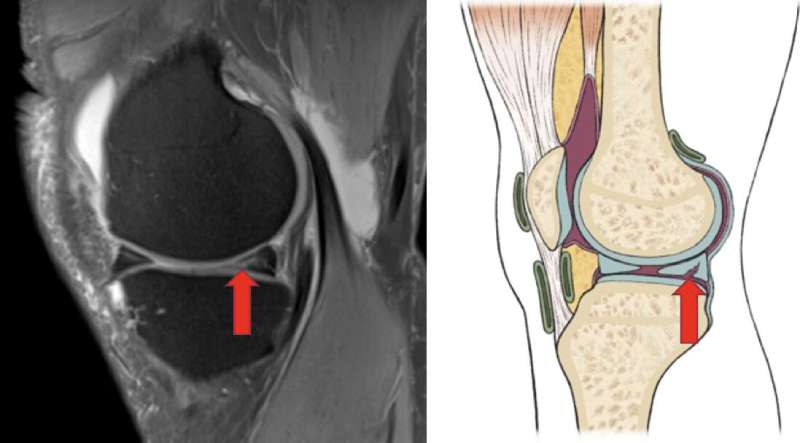Orthopedic Surgery
What is the Meniscus?
The meniscus is a rubbery, crescent-shaped disc or cushion in the knee joint that acts as a shock absorber and stabilizer. There are two menisci in each knee – the medial meniscus on the inner side and the lateral meniscus on the outer side. The blood supply of each meniscus is from outside meaning that the peripheral portion of the meniscus (described as the red-red zone) has better blood supply than the innermost margin (described as the white-white zone).
What is a Meniscus Tear?
A meniscus tear is a common knee injury that often occurs during sports activities involving twisting or pivoting movements. It can also happen due to degenerative changes from aging in which even trivial activities can lead to the tearing of abnormal meniscus. Symptoms of a torn meniscus include pain, swelling, stiffness, catching or locking sensations, and difficulty fully straightening the knee. In addition to causing limitations of day-to-day activities, ignoring meniscus tears increases the risk of cartilage (chondral) damage. Depending upon the configuration of the tear, various terms are used to describe the pattern such as radial tear, longitudinal tear, bucket handle tear, flap (“Parrot-beak”) tear, oblique tear, horizontal tear, and complex tear.

Arthroscopic Meniscus Repair
Meniscus tears often require surgical repair, especially in active individuals. Arthroscopic meniscus repair is a minimally invasive procedure performed through small incisions (“Key-hole” incision) using an arthroscope (camera). The goals are to repair the torn meniscus and preserve as much of it as possible. It is important to note that all meniscus tears are not reparable irrespective of the age of the patient and some patients maybe better candidates for trimming of the torn meniscus, a procedure called as partial meniscectomy. Repair of a torn meniscus done early can help prevent future development of cartilage damage and hence delay the onset of osteoarthritis.
What patient can expect before surgery?
- Detailed clinical examination to recognize the meniscus tear and presence of additional pathologies if any. Functional scoring of the patient is done which is repeated after surgery at followup visits.
- X-ray of the knee to evaluate the condition of the bone and the joint
- MRI of the knee to confirm the diagnosis of the meniscus tear and also to identify additional injuries to the knee
- Some patients may require a standing scannogram which is a special X-ray done to evaluate the alignment of the lower limb. Some patients with abnormal alignment are at higher risk of suffering from meniscus tears due to overloading of one compartment of the knee.
- Preoperative physiotherapy assessment to assess the muscle strength and range of motion and to start “Pre-hab” exercises
- Anaesthesia checkup to recognise potential medical issues that can affect the peri-operative course
- Additional investigations like blood tests, chest Xray, electrocardiogram (ECG) or any other test as determined by the anaesthetist / physician as being essential for surgery
The Procedure
The surgery is usually performed under spinal anesthesia or under general anesthesia.
- “Key-hole” incisions are made around the knee joint.
- The arthroscope is inserted to visualize the inside of the joint and locate the meniscus tear.
- Small surgical instruments are used to repair the torn meniscus.
- The incisions are closed with stitches or surgical tape.
Benefits of Arthroscopic Repair
- Smaller incisions, less pain, and faster recovery than traditional open surgery
- Preserves more of the meniscus tissue.
- Preserves the knee joint
- Allows return to athletic activities after full recovery
Recovery and Rehabilitation:
The goal is to restore a painless knee range of motion without compromising the repaired meniscus.
After surgery, patients need to wear a knee brace and use crutches for several weeks. Physical therapy helps restore strength, flexibility, and range of motion. Full recovery can take 3-6 months, depending on the severity of the tear and the patient’s dedication to rehab exercises. In cases where tears of the posterior meniscus (part of the meniscus located at the back of the knee) are repaired, patients may be advised to limit deep knee bending. Generally, patients who undergo meniscectomy (trimming of the torn meniscus) have a faster postoperative recovery than those who undergo a meniscus repair.


